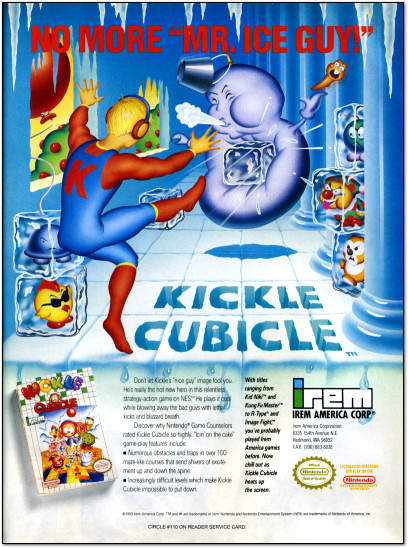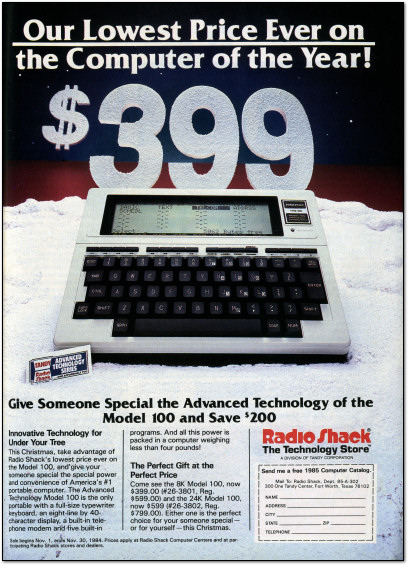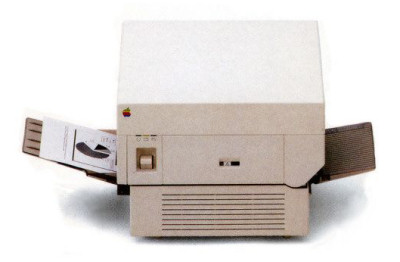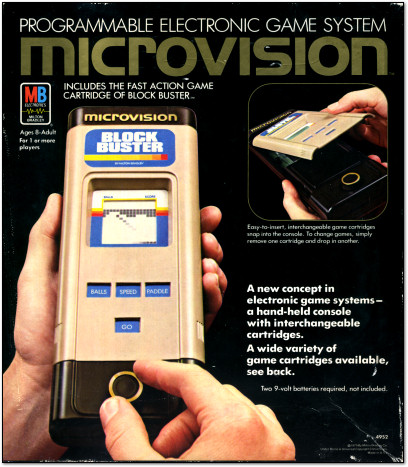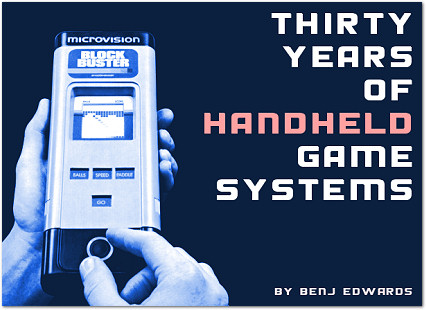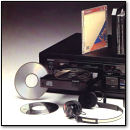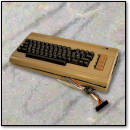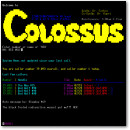[ Retro Scan of the Week ] Sony 3.5″ Floppy Disk
Monday, December 28th, 2009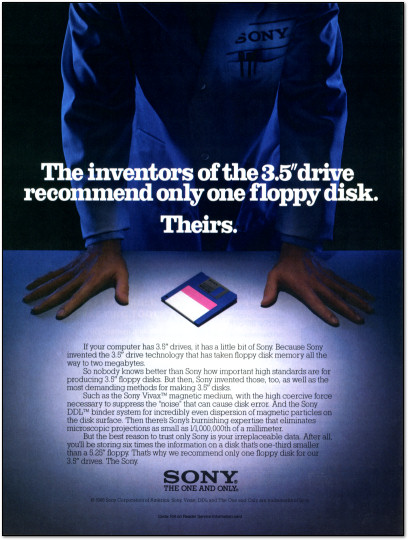 This reminds me of a psychic parlor trick.
This reminds me of a psychic parlor trick.
The Sony-designed 3.5″ floppy drive (1982) first made waves in the mid-1980s with its use in the Apple Macintosh, released in 1984. The format quickly gained popularity in the PC market and overtook the 5.25″ floppy disk in overall usage by the early 1990s. PC clone manufacturers, many of whom had supported both the larger and smaller floppy formats, eventually stopped including 5.25″ drives in their machines.
Today, 3.5″ floppy drives are rarely found in new PCs thanks to more capacious CD-Rs, removable flash media (especially USB thumb drives), and nearly ubiquitous computer networking. However, that hasn’t stopped Windows XP from requiring @#^$ RAID drivers on a floppy disk when it’s being installed.
Discussion Topic of the Week: Do you still use 3.5″ floppy disks regularly? What for?

